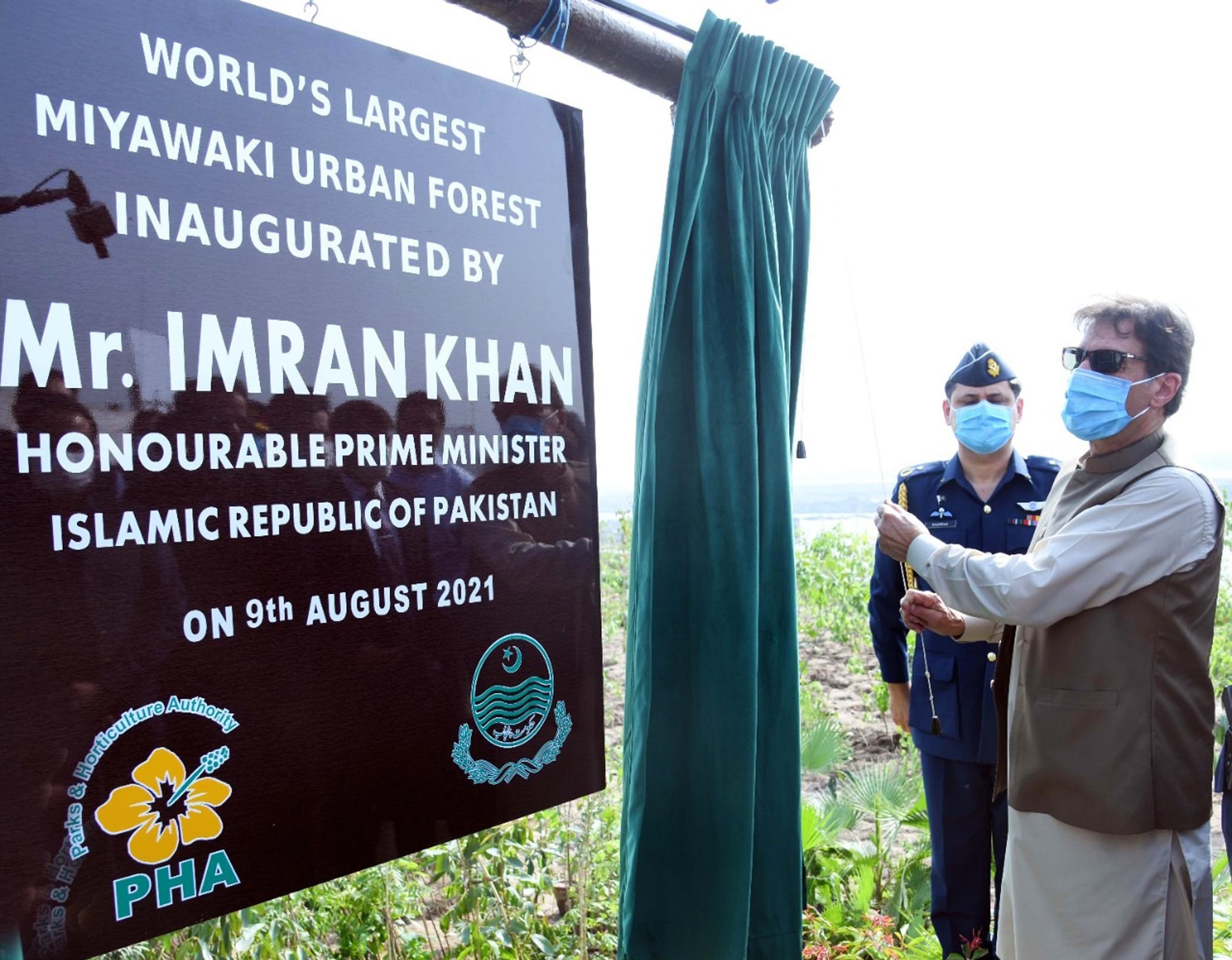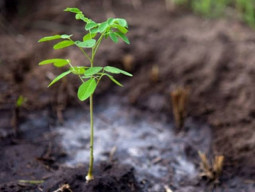
The first phase of government’s 10 Billion Tree Tsunami, which is scheduled to be completed by 2023, seems to be slowing down, meeting only 43 per cent of its plantation goals.
The UN Environment Programme has said that Pakistan is particularly vulnerable to the adverse impacts of climate change as only five per cent of the country has forest cover as compared to a global average of 31 per cent, making it one of the six countries most susceptible to climate change.
According to a UNDP report, Pakistan is particularly susceptible to increased variability of monsoons, receding Himalayan glaciers and extreme events, including floods and droughts. The knock-on effect of these will be an increase in food and water insecurity.
According to an investigative report jointly prepared by journalist M Nawaz Khuhro, Pakistan Press Foundation and Media Matters of Democracy, the Ministry of Climate Change was tasked to plant and regenerate 3,296.25 million trees in the first phase, while only 1,423.61 million could be managed.
Under the Public Sector Development Programme, Rs109.38 billion were allocated for the forest component while Rs15.59 billion were allocated for the wildlife component during the first phase.
Rs7.5 billion were released for financial year 2019-20 against the requested amount of Rs15.6 billion, showing a cut of 52.3 per cent in the first fiscal year of the project. The total amount authorised for FY21 was Rs4,900 million against the requested Rs23 billion with a financial cut of 78.69 per cent.
According to government data, the growth rate of plants varies from species to species, ranging from five to 30 years for broad-leaved plants while conifer plants may take 80 years for full growth. The growth of plants depends on climatic conditions and water availability and other site quality factors. However, some plantations have been made in areas with water shortages.
Read The women guarding India's rainforest 'refugees'
A tree starts producing oxygen from first year and reaches its peak in 10 years in the case of broad-leaved trees, when it produces around 100kg oxygen annually. However, this depends upon plant’s species and the climatic conditions. Deciduous plants produce more oxygen in spring and summer while evergreen plants provide a continuous supply of oxygen, official data revealed.
Environmental problems in Pakistan are exacerbated by its large population. According to the World Bank, over 24 per cent of Pakistan’s population lives in poverty, which puts them at greater risk to impacts of climate change.
The latest Economic Survey of Pakistan 2021 revealed that the overall objective of the programme is to revive forest and wildlife resources in Pakistan, improve overall conservation of the existing protected areas and encourage eco-tourism, community engagement and job creation through the conservation.
According to the Ministry of Climate Change, the first phase of the programme is being executed by Forest & Wildlife Department in all four provinces and federating units, including Gilgit-Baltistan (GB) and Azad Jammu and Kashmir (AJK). The programme is financed by both Annual Development Programme (ADP) and PSDP.
The provincial governments are sponsoring the programme on cost sharing basis (50:50), while the federating units are being fully sponsored by the federal government through PSDP funds. All the executing agencies have established Project Management Units (PMUs) with dedicated staff hired as per the PC-1 provisions.
The provinces/federating units are doing cost adjustments by promoting assisted natural generation. However, Umbrella PC-I of the programme is being revised, and physical and financial rescheduling will be catered accordingly. The project is formulated to mitigate climate changes, pollution, land degradation, soil erosion, biological diversity, flash floods and various other associated ecological threats.
The programme is in consonance with the overall targets to reduce global warming. It is designed in such a way to mitigate the impact of climate change, as trees are the simplest and effective way to tackle climate change caused by greenhouse gases. Industrialization and escalation in automobiles induced an increase in CO2 emission, for which serious and urgent action is necessitated. Tree plantation is designed to mitigate the adverse effect of carbon dioxide.
To a question regarding the pace of the programme as per data, Muhammad Saleem Shaikh, the deputy director and media focal person at the ministry of Climate Change, said that Sindh and Khyber-Pakhtunkhwa (K-P) had done good work, but there was a slight slowness in Gilgit-Baltistan (G-B) and Balochistan.
He, however, said that they were fully determined and expected to cover gaps and meet the program targets in 2023.
Sheikh said that political differences and disputes are a big challenge towards the programme, however, departmental coordination among provinces remains good. He said that from Feb 15 to April 15 this year, 600 million trees would be planted in the country.




1730788481-0/BeFunky-collage-(19)1730788481-0-165x106.webp)



1730786905-0/£300,000-(1)1730786905-0.png)











1730706072-0/Copy-of-Untitled-(2)1730706072-0-270x192.webp)
COMMENTS
Comments are moderated and generally will be posted if they are on-topic and not abusive.
For more information, please see our Comments FAQ